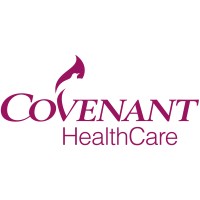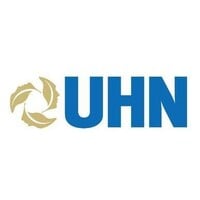
Covenant HealthCare
From moms-to-be to babies to great-grandfathers, Covenant HealthCare is the one health system in the Great Lakes Bay Region that delivers extraordinary care across generations and across specialties. As the largest, most comprehensive healthcare provider in the region, you can trust Covenant HealthCare with the health needs of your entire family. We offer a broad spectrum of programs and services ranging from high-risk obstetrics, neonatal and pediatric intensive care, to acute care including a Level II Adult and Pediatric Trauma Center, cardiology, oncology, orthopaedics, robotic surgery and many other services. But as a non-profit, our extraordinary care goes beyond our outstanding medical services. It’s our compassionate and caring team that makes the difference; their support means you always have someone by your side from diagnosis to recovery. We go above and beyond for our patients every day, and in every way. And that extraordinary commitment extends to the communities we serve. Because by working together for a healthier community, we can build a better tomorrow for generations to come. Here’s why more families across the region prefer Covenant HealthCare: We serve 20 counties across northeast and central Michigan We have more than 600 physicians We have more than 20 inpatient and outpatient facilities We have 623 acute care licensed beds We have over 80,000 visits a year in our trauma/emergency care center We are a critical access hospital for seven community hospitals in Michigan's thumb region and in central Michigan We are the largest healthcare employer in the Great Lakes Bay Region We have more than 4,600 employees and 300 volunteers Learn more at: www.CovenantHealthCare.com www.Facebook.com/CovenantHealthCare www.Facebook.com/CovenantKidsMI www.YouTube.com/CovenantHealthCare www.Twitter.com/CovenantSaginaw






